5 QUESTIONS FOR YOUR CHOCOLATE MAKER
by Jeff Stern
The chocolate bar section of your local grocery, special store, or retail shop is already a crowded space, and growing increasingly more so. There are new bean-to-bar brands popping up daily… new products incorporating chocolate coming out all the time, and new packaging and product selection makes distinguishing quality chocolate more and more difficult.
Fierce competition for shelf space means you can’t always find your favorite chocolate, but you also probably want to know about traceability, who’s producing your food, and where it comes from. Just as cheese and wine have evolved from plain old cheddar and Chianti to dozens of types of each, chocolate is slowly also heading in this direction.
As a discerning chocolate lover, you want the best information available to determine what to buy. Cocoa percent, bean origin, where and how the chocolate was produced, these and other questions may linger in your mind. With a quality bar easily costing upwards of $6 nowadays, you should inform yourself as well as possible when spending a fair sum for a delicious chocolate bar.
ANNUAL SUBSCRIPTIONS
If the chocolate industry was as advanced as other specialty foods, you would be able to ask these questions of your chocolate maker. And even though it isn’t, you can use these questions as criteria for evaluating your chocolate. If you currently buy chocolate off the grocery store shelf, obviously it’s not possible to get these questions answered. But if you buy specialty (think single origin) chocolate from a website or boutique gourmet shop, take these questions as a starting point for learning about the amazing world of chocolate.
1. Where do your cocoa beans come from? Specifically, are they supplied by a broker and just bulk beans from Africa, or are they sourced directly from a farm, cooperative, or producers’ organization?
Brokers are simply middlemen who may be involved in buying directly from the country of origin, or they may be an importer of cocoa beans.
The cocoa beans may have changed hands many times over before arriving at a chocolate factory, making their traceability almost impossible to follow. Many artisan chocolate makers shun brokers and try to go direct, buying from the producers’ organization, farm, or cooperative producing the beans. They should be able to answer this question. They may have even visited the producer’s association or cooperative.
Check out chocolate makers’ websites for more information. You can often find out fascinating stories about those who grow the cocoa beans.
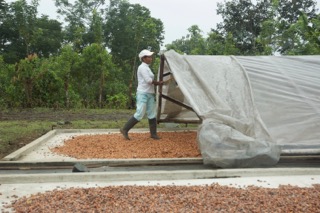
Serious Business
2. What price do you pay for your cocoa beans? And how does it compare to world prices?
Fine flavor beans often cost substantially more than every day bulk beans from Africa, and many artisan chocolatiers are happy to pay a premium to support farmers’ livelihoods and obtain top quality beans for top quality chocolate. As the craft chocolate movement grows, we are going to see an increase in prices for fine flavor beans, as demand goes up. Fine flavor beans come from Latin America and the Caribbean, and are distinguished by their distinct flavor notes. That’s why you will often see single origin bars costing anywhere from $8 to as high as $20. It’s important to appreciate the distinction between artisan chocolate crafted with top quality beans versus your everyday candy bar made with chocolate. And paying a higher price for a quality product is part of that distinction.
3. Do you make the chocolate yourself, or is it contract manufactured by a third party?
Store shelves continue to be constantly flooded with new brands of chocolate. Many of them are single origin, either country specific or even farm specific. However, it’s important to note that not all chocolate is made by the company brand on the label. There is a lot of chocolate out there made by a third party which is just being marketed but not actually produced by the name on the label. One way to determine this is to see if the label says “made for” or “produced for.” If you can’t find a website telling the story of the beans and the chocolate, try and find out if it’s just another brand or if it’s an authentic bean-to-bar chocolate maker.
4. What is the per cent cacao content
Almost all quality chocolate will have a % sign on the label, usually anywhere from a 50% up to as high as an 80% or maybe even higher. The per cent is not an indicator of quality, but indicates the amount of cocoa mass present in the chocolate. Cocoa mass is the amount of cocoa butter and cocoa solids present in the chocolate. So a 50% bar is 50% sugar, the other 50% being made up of cocoa solids (aka cocoa powder) and cocoa butter.
5. Is the chocolate Certified organic, Fair Trade, or with another certification?
While certifications can demonstrate a degree of social responsibility, it’s by no means a stamp guaranteeing awesome benefits to the farmers growing cocoa beans. The FT certification does establish minimum prices for farmers, but the amount of benefits they actually receive is somewhat controversial, and there is no guarantee certifications are helping farmers. Organic, Fairtrade, and other certifications are also often mistakenly associated with quality-however, they actually have nothing to do with the quality of the beans. Organic focuses on how the beans were actually grown, while Fair Trade tries to maintain a reasonable price that is paid to farmers for the beans.
With these tips you should be able to learn more about where your chocolate comes from, who’s making it, and who’s benefitting. The more you know about your chocolate, the better you’ll be able to select a product that not only tastes good, but that you can understand and feel good about eating.
By Jeff Stern
+ Serious Business photo by Jeff Stern

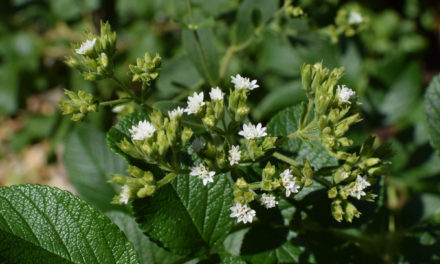
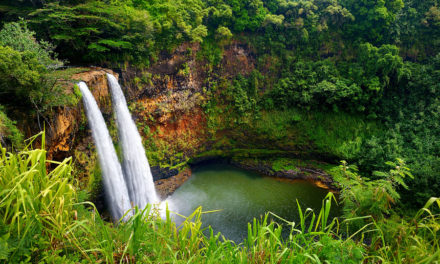


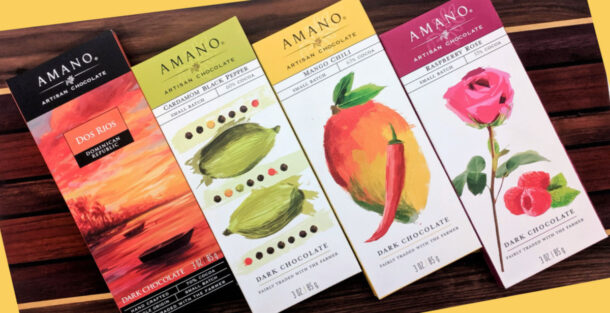



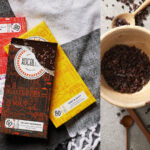
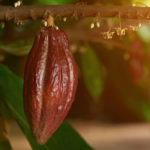
Muy buen articulo Jeff